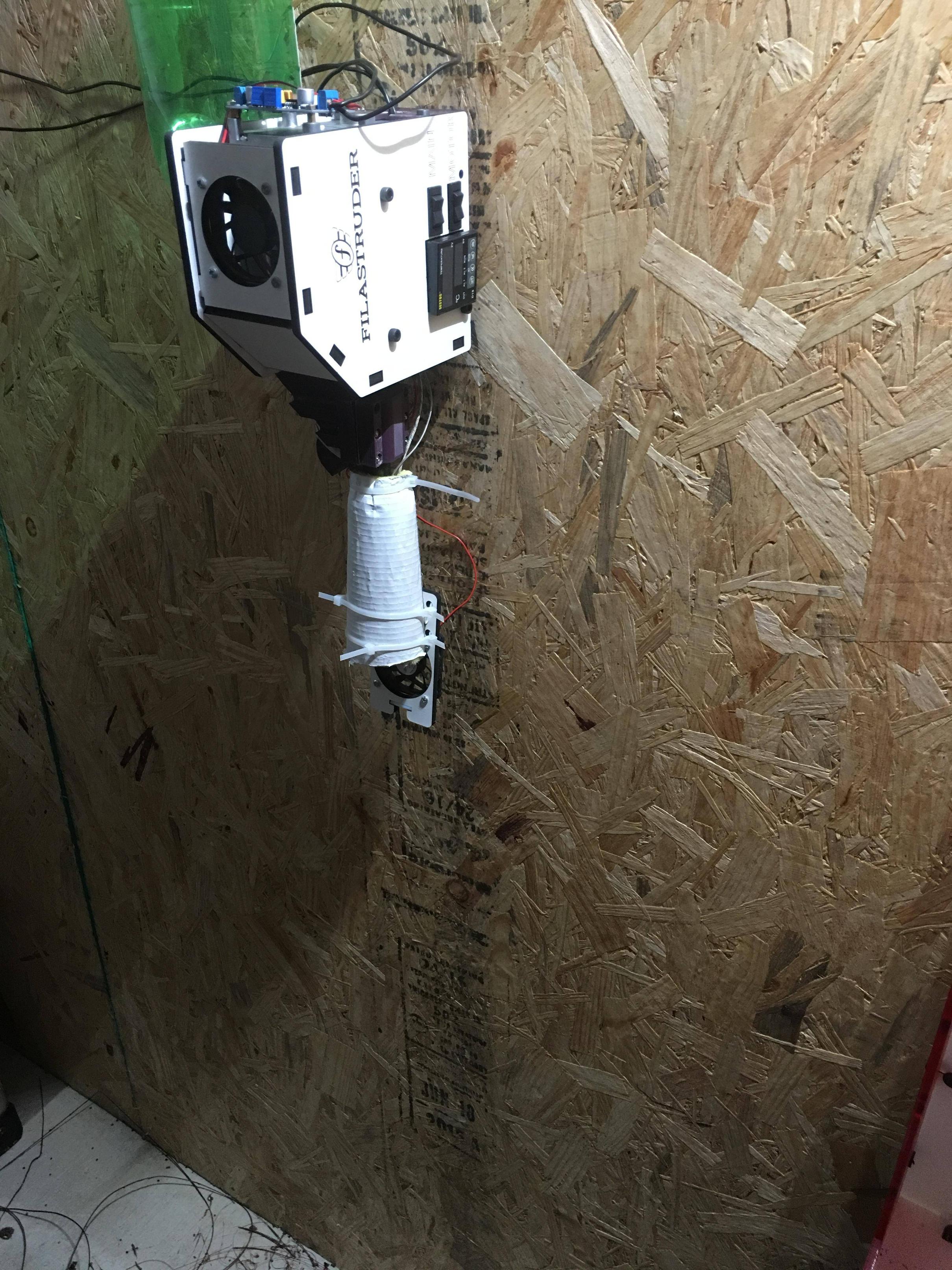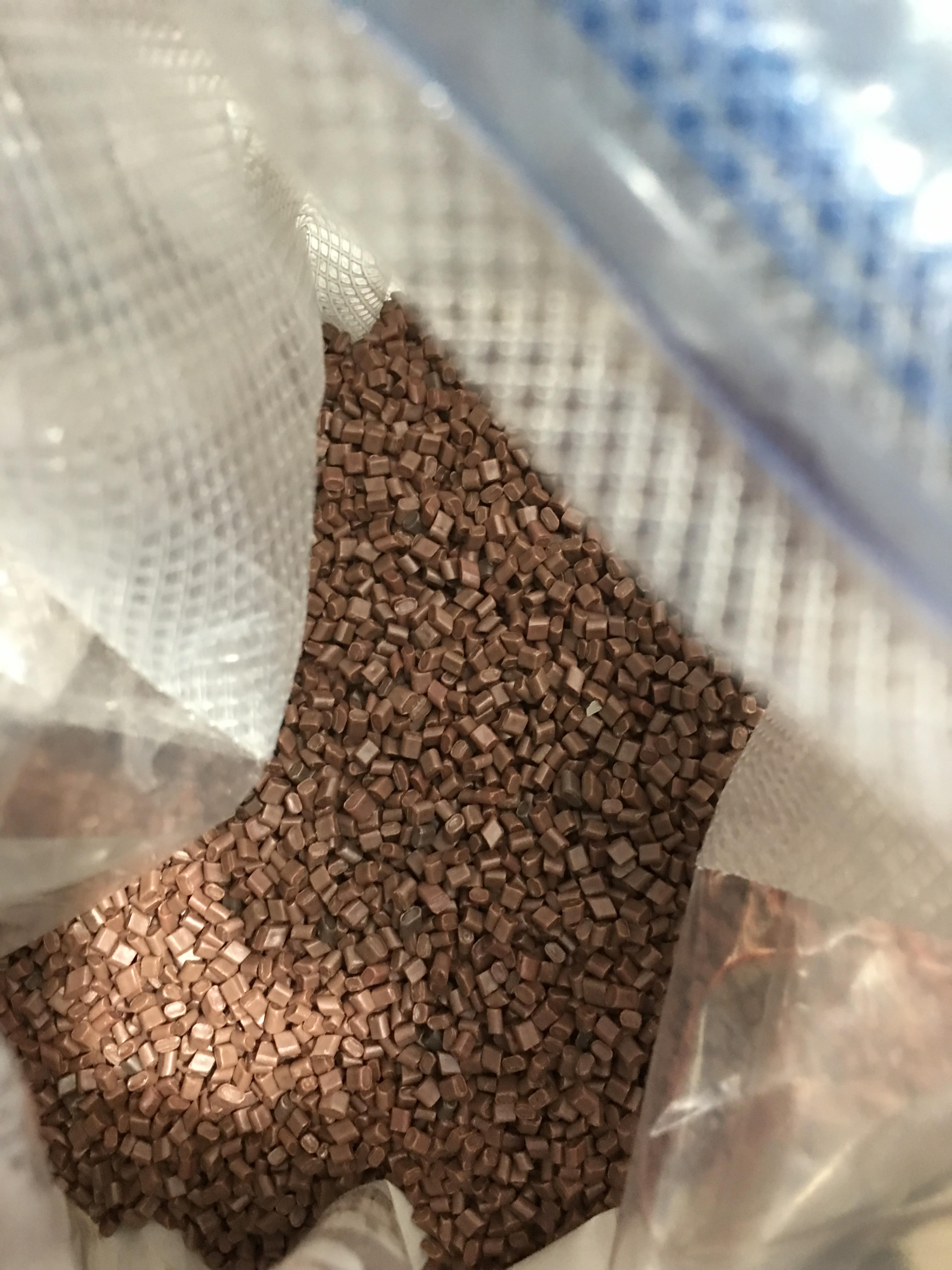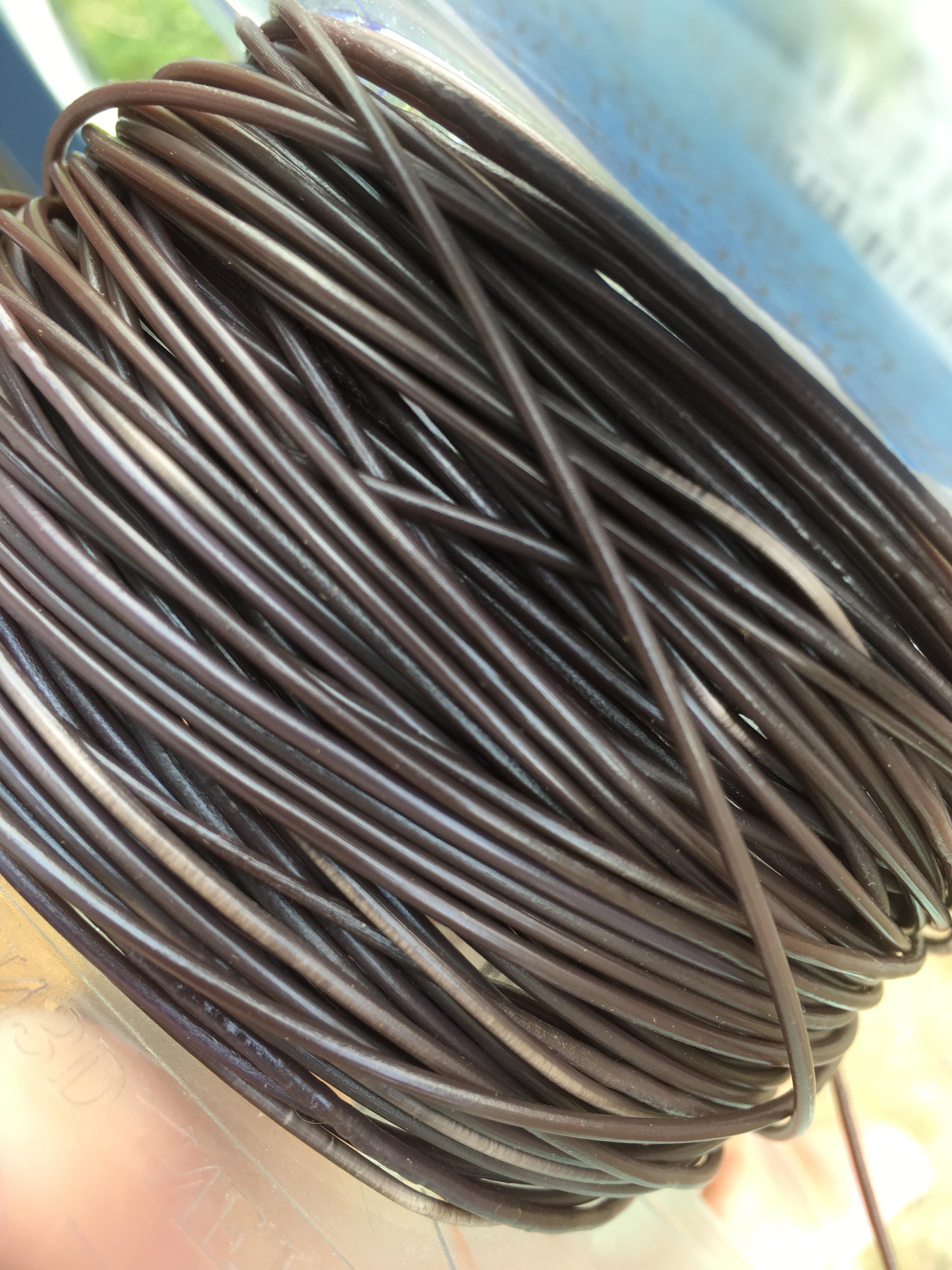Topic: [PET] Eastman 5214A
After having fantastic success with multiple types of ABS I thought I would try some PET. I bought some Eastman 5214A (datasheet: http://www.matweb.com/search/datasheet. … 36bce3c182 ) with the hope of having an alternative to PLA that was less prone to cracking and didn't need a heated bed (having previously printed PETG filament to blue tape on a nonheated bed and finding it to be incredibly strong)
At 230C it results in the stall protection kicking in at 1.61A. At 235C it comes out almost like a liquid and breaks under it's own weight. It comes out as a blob, and as it falls it stretches and breaks, and then another blob starts at the nozzle. I dried it much more than I do ABS (few days in a dehydrator, few days in a vacuum desiccator, and finally about 5 hours at 300F in a convection oven) without improvement. I finally got some extrusion by mixing it with ABS at a ratio of 75% PA-747 and 25% PET - but haven't used it yet (the diameter might have fluctuated too much to be usable at 1.4mm to 1.8mm, probably because the temperature had to be much higher than normal for PA-747 in order to melt the PET)
I'm wondering if it isn't the size of the pellets causing an issue - has anybody had extrusion issues with smaller pellets? I'm going to try changing orientation, see if it performs differently in horizontal/vertical/45 degree. Has anybody here tried PET themselves?



